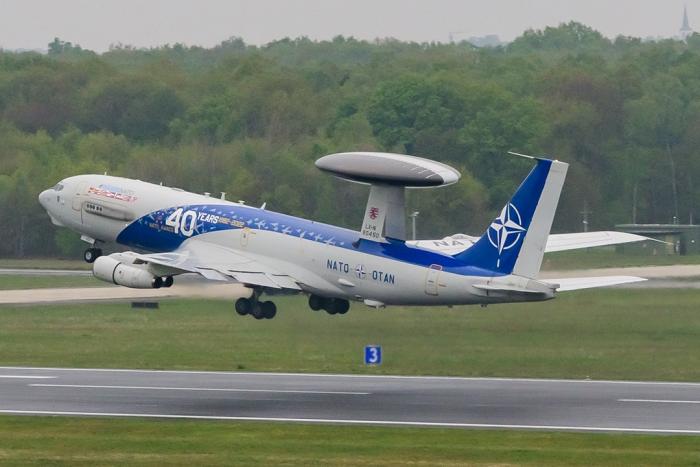NATO has deployed a single Boeing E-3A Sentry airborne warning and control system (AWACS) aircraft to the 90th Airlift Base in Otopeni, Romania, from which it will conduct operations to monitor Russian military activity.
The surveillance aircraft - serial LX-N90450, which still sports its special scheme that celebrates the 40th anniversary of the NATO alliance - arrived at the Romanian base on January 17. While no formal deployment completion date has been announced, it is expected to last for several weeks. The E-3A has deployed with a supporting contingent of 180 NATO multinational military personnel and will operate solely over NATO territory.

This deployment is being carried out to help further bolster NATO’s presence on its eastern flank, which has seen a dramatic increase in the number of combat air patrols (CAPs), along with tanker and surveillance aircraft sorties, since Russia's unprovoked invasion of Ukraine began on February 24, 2022. With regular CAP missions taking place to monitor Russian activity near the alliance's eastern border, the E-3A will be used to support these missions by identifying any Russian aircraft that are approaching NATO airspace.
Commenting on the deployment and the E-3A's overall capabilities, Oana Lungescu - a NATO spokesperson - said: “As Russia’s illegal war in Ukraine continues to threaten peace and security in Europe, there must be no doubt about NATO’s resolve to protect and defend every inch of allied territory. Our AWACS can detect aircraft hundreds of kilometres away, making them a key capability for NATO’s deterrence and defence posture. I thank Romania for hosting the aircraft, which makes an important contribution to our early warning.”

